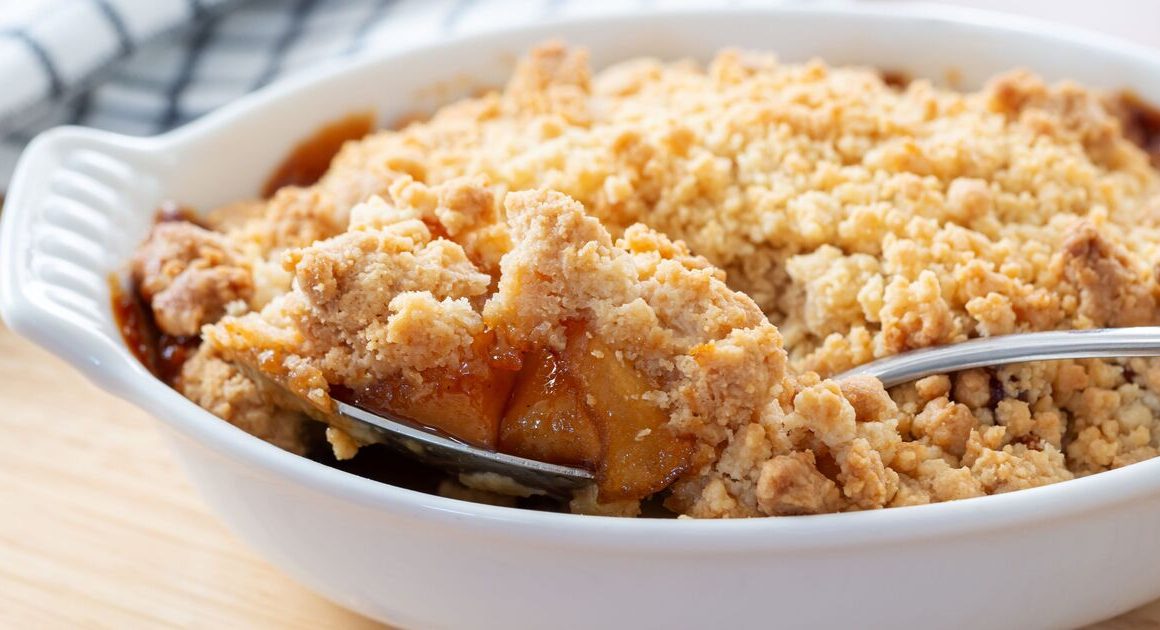Pruning is absolutely essential when it comes to hydrangeas but it is often overlooked.
While every variety needs pruning at different times of the year, spring is a great time to prune mophead and lacecap varieties.
Climbing hydrangeas are pruned after flowering in the summer so make sure to leave these to flourish.
The Royal Horticultural Society (RHS) said: “Hydrangeas flower form mid-to-late summer on the previous year’s growth.
“Mophead and lacecap hydrangeas will bloom satisfactorily with little attention, but annual pruning encourages new, vigorous growth and a better flowering display.”
To determine what type of hydrangea you have or want to purchase, take a look at the flowers.
If they have full, round heads of large petals, this is a mophead, whilst lacecaps have small flowers in the centre of the bloom and an outer border of larger petals.
To prune mophead hydrangeas, it is recommended to remove the dead flowerheads, cutting back the stem to the first strong, healthy pair of buds down from the faded bloom.
The RHS noted: “Lacecaps are hardier, and the faded flowerheads can be cut back after flowering to the second pair of leaves below the head to prevent seeds developing, which saps energy from the plant.”
When it comes to pruning established hydrangeas, Britons should cut out one or two of the oldest stems at the base to encourage new growth.
The experts added: “Overgrown or poorly shaped plants can be entirely renovated by cutting off all the stems at the base.
“However, this will remove all the flowers for that summer. The new stems won’t bloom until the following year.”
With climbing hydrangeas, cut back any over-long shoots immediately after flowering. Most flowers are produced towards the top of the plant, so try to leave as much of this un-pruned, according to the RHS.
They continued: “Established plants will tolerate hard pruning in spring, but extensive cutting back in one go is likely to reduce flowering for the next couple of summers.
“To avoid flower loss, stagger drastic pruning over three or four years, reducing the size of the plant gradually.”
When planting a climbing hydrangea, make sure to position it by a wall or fence.












